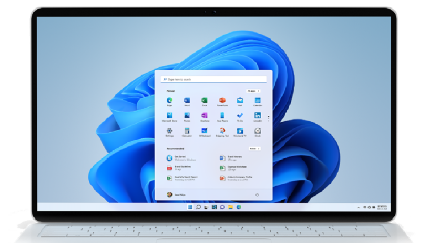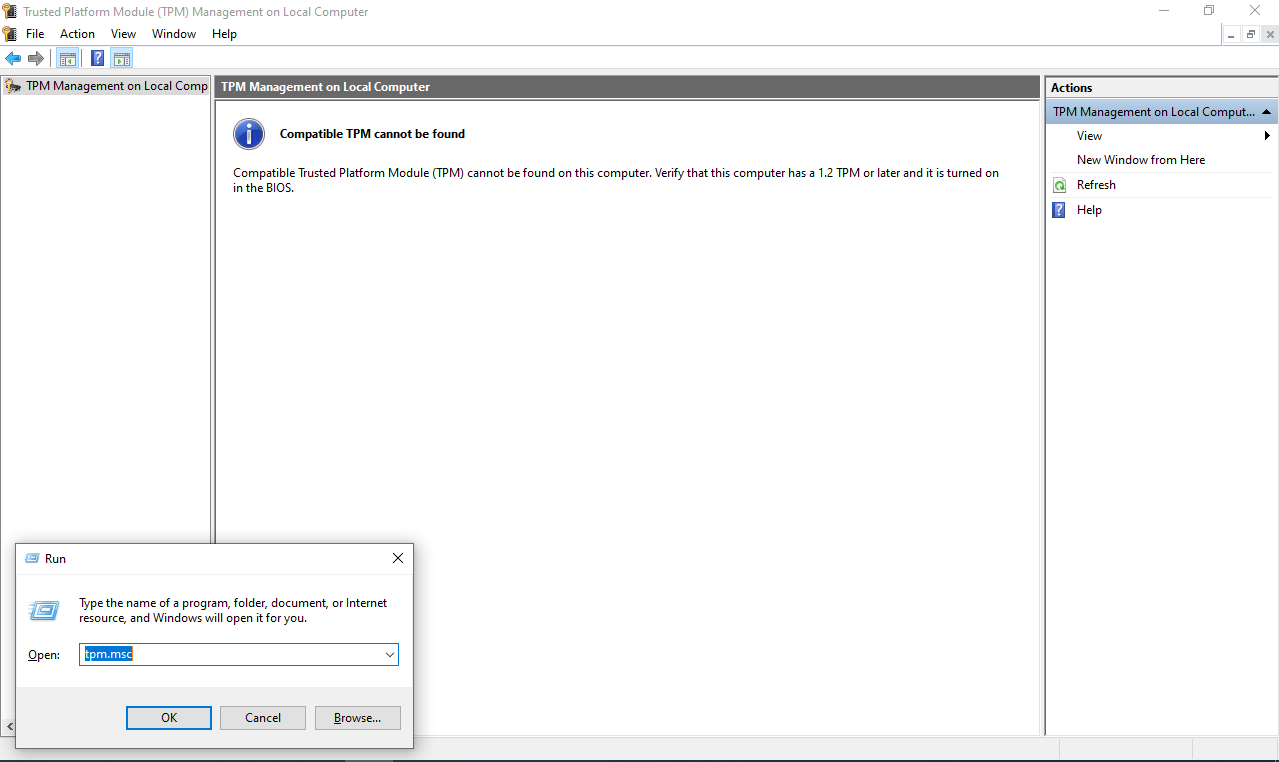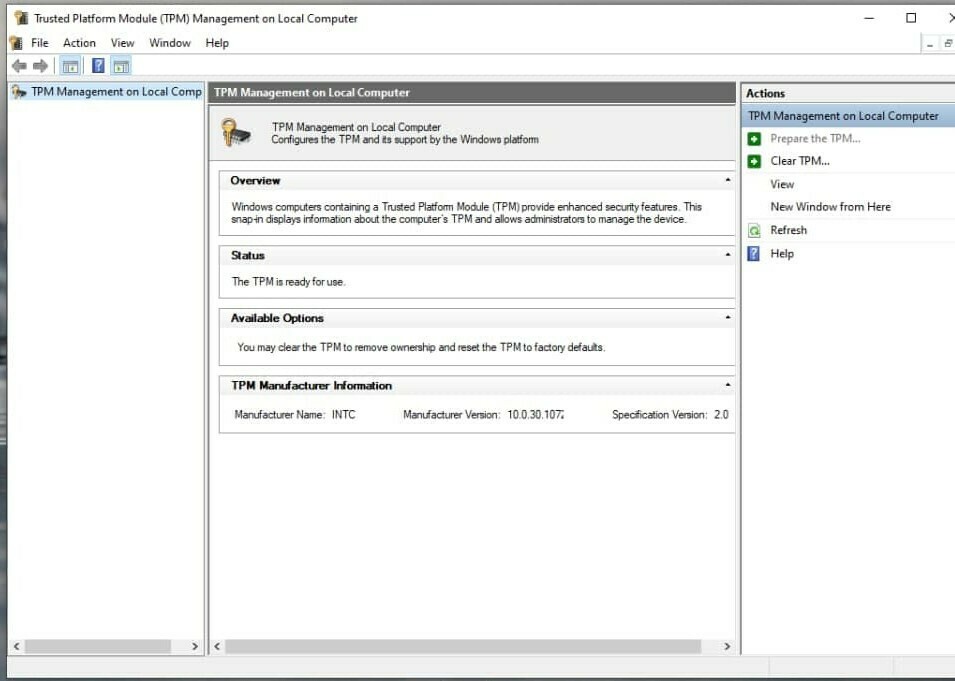
Newsletter Subscribe
Enter your email address below and subscribe to our newsletter

The latest technology updates & more!

It is great to know that the new Windows 11 got released on October 5, 2021. But you may not able to get the free upgrade to Windows 11 from Windows 10 because your TPM module may not be enabled in the BIOS.
Thumbnail image credit: Microsoft Windows.
Microsoft has announced that they will be giving free upgrades from Windows 10 to 11 as they did earlier for Windows 10. You can also upgrade Windows 7 to 11 for free.
But the catch here is that Microsoft will be giving an update to PC that qualifies the minimum system requirement of Windows 11. In Minimum System requirements, this time, your device must be having a TPM 2.0.
Windows 11 Launches On October 5: Better Or Not?
So let’s get started…
Table of Contents
| PC | System requirements |
|---|---|
| Processor | 1 gigahertz (GHz) or faster with 2 or more cores (64 bit) |
| RAM | 4 GB |
| Storage | 64 GB or more |
| System firmware | UEFI, Secure Boot capable |
| TPM | Trusted Platform Module (TPM) version 2.0 |
| Graphics card | DirectX 12 or later with WDDM 2.0 driver |
| Display | High definition 720pdisplay that is greater than 9” diagonally |
Trusted Platform Module is a dedicated microcontroller designed to secure hardware through integrated cryptographic keys. In the case of Windows 11, the TPM can store things like your biometric data for Windows Hello and part of the encryption key for BitLocker.
Since July 28, 2016, all new device models, lines, or series must implement and enable by default TPM 2.0. Most of the new devices that come up these days have TPM 2.0 by default. However, I have got TPM 2.0 for the 2014 model Acer laptop.
As I mentioned earlier, it is a secure crypto-processor that helps you with actions such as generating, storing, and limiting the use of cryptographic keys, here Windows 11 product key. Devices after 2016 have higher chances of having the TPM 2.0 feature.
What this refers is that you can only upgrade genuine Windows 10 or 7 to 11.
 The above image shows TPM Compatibility of a 2010, year-old computer.
The above image shows TPM Compatibility of a 2010, year-old computer. The above image shows TPM Compatibility of a 2014, year-old laptop.
The above image shows TPM Compatibility of a 2014, year-old laptop.In some cases, PCs that are capable of running TPM 2.0 are not set up to do so. Some ships with TPM off by default, even though it is almost always available to be enabled.
If you need to enable TPM, this setting is in UEFI BIOS (PC firmware) and vary based on your device.
If you are unsure, check your manufacturer’s support or get support from an IT technician.